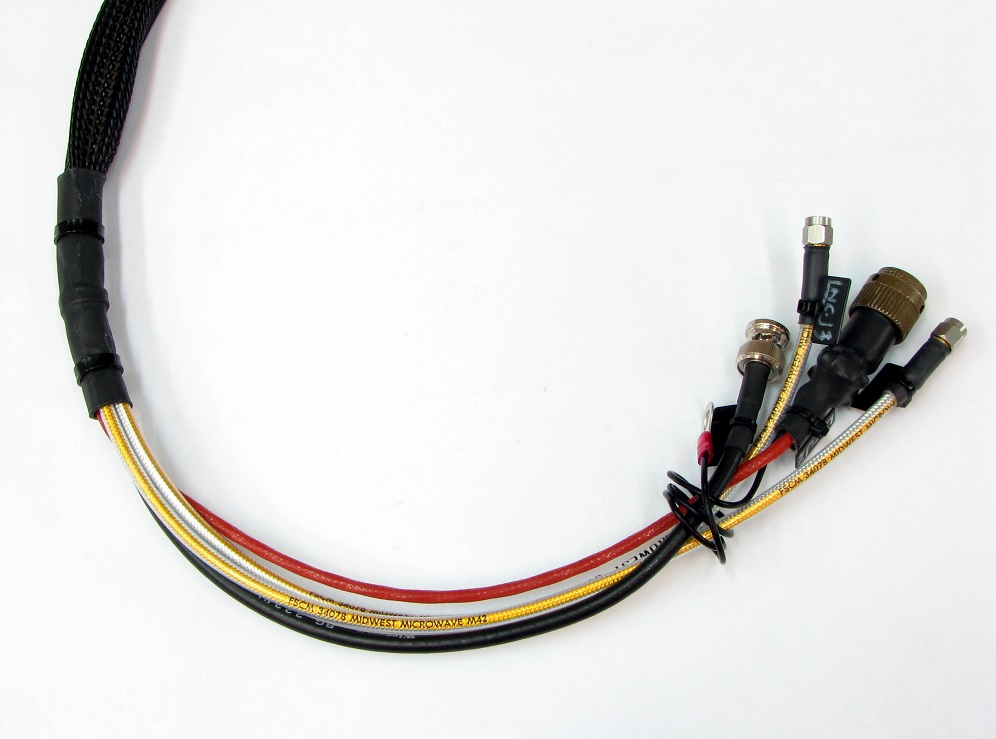Modern vehicle technology used digitization which involves the implementation of electronic technology. Vehicle parts that have electronics include control systems, driver assistance systems, and media centres. Vehicle electronic technologies are constantly enhancing with the connected car and automatic driving rising. The wire harness is the main element of vehicle electronics. It is the backbone that connects the digital components of a vehicle to the other components and each other. It is also the power supply to the onboard electronic systems.
The wire harness is very critical to vehicle efficiency and safety. Malfunctions that occur to the system include annoyance due to stereo failure, driver assistance system failure, and autonomous failures which are not tolerable. Quality requirements for such systems increase since such issues can cause inconveniences and they may mean life or death. All systems connected by wire harness need to be of reliable quality and safety.
Production of wire Harness.
Wire harness used by a particular vehicle is similar for all models produced by automotive manufacturers. Every wire harness has every option included on the wires whether it is ordered with the vehicle or not. Other wire harness manufacturers design and build wire harnesses that include only options ordered with the vehicle. This is the customization of harnesses to restricted space in the vehicle. The automotive wire harness is long and heavy hence manufacturers take the chance to save weight. The weight of the wires makes the wire harness to be customized for every vehicle as opposed to having a general model for every vehicle.
The major wire harness manufacturers include Delhi, Leoni, and Yazaki. These automotive manufactures aim at providing high-quality products while being flexible to various changes. The wire harnesses are produced in small batches with the quality maintained and the process is labour intensive. Most manufactures are looking for sites in low labour cost countries since the labour required for production amounts to 95% of the cost of production. Large numbers of people are recruited and trained. The key factor for the process is fault prevention as well as ensuring efficiency and quality.
Wire harness design
The production process begins with drawing the onboard wiring system design and development of the wire harness. The engineers in turn use this drawing to create a production drawing, a work plan, and list corresponding counterparts required. Short regular changes are issued in intervals for updating the planning and since this activity is done manually in large teams hence error rate is high. Manual implementation is individual dependent and the production plans differ depending on the engineer at work. Software-controlled planning systems are used due to the high error probability and the fact that the frequent changes are not managed or documented. The software-controlled planning system allows the manufacturer to stipulate specific rules using a scripted language to which the production plan is structured. The system differentiates which steps are to be done manually, semi-automatically, and mechanically. This system, therefore, reads the drawn design and generates production data, work plan, and counterparts list. The quality is therefore improved by eliminating manual errors and having a standard implementation procedure.
Manufacturing Execution System
The work of MES is to control and document the wire harness production. Most manufactures have developed their own MES systems since a general system cannot be used for specific aspects. Customized software programs cannot be efficient when changes are made hence manufacturers prefer systems developed specifically for the wire harness industry.
Production phases
Cutting
This process is highly automated. The cut strip and termination machine (CST) is used to cut the wires into specific lengths, strips of insulation, apply seals and terminals. CST machine production rates are high and sometimes the wires are cut in very small diameters. However, this machine ensures quality, precision, transfers control data directly to the connected machines.
Pre-assembly
This process is manual. The first step involves assembling the cut wires into kits using crimping, ultrasonic welding, and twisting. A new identification code is always generated and saved when producing a kit.
Final assembly
The last step is assembling the wire harness on form boards. The assembly employees mount one or more wires on a wire harness board. The MES system has a display screen through which the employees get detailed information on the steps to minimize the errors made. The history of each component is updated at the final step. The machine also provides further information on which employee and tools were used to produce individual components of the wire harness.
Conclusion
Traceability of the wire harnessing production process is key. The MES system enables this by helping to keep information on the production process making it easy to retrace a batch, do repairs, and recalls when there are product liability issues. A quality-controlled management system is essential for the production system or otherwise, the resulting quality is not guaranteed.

